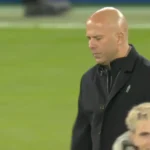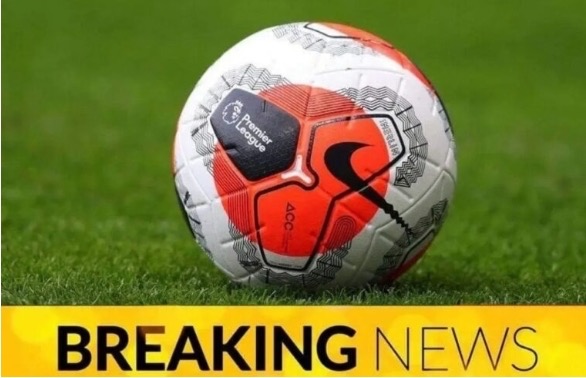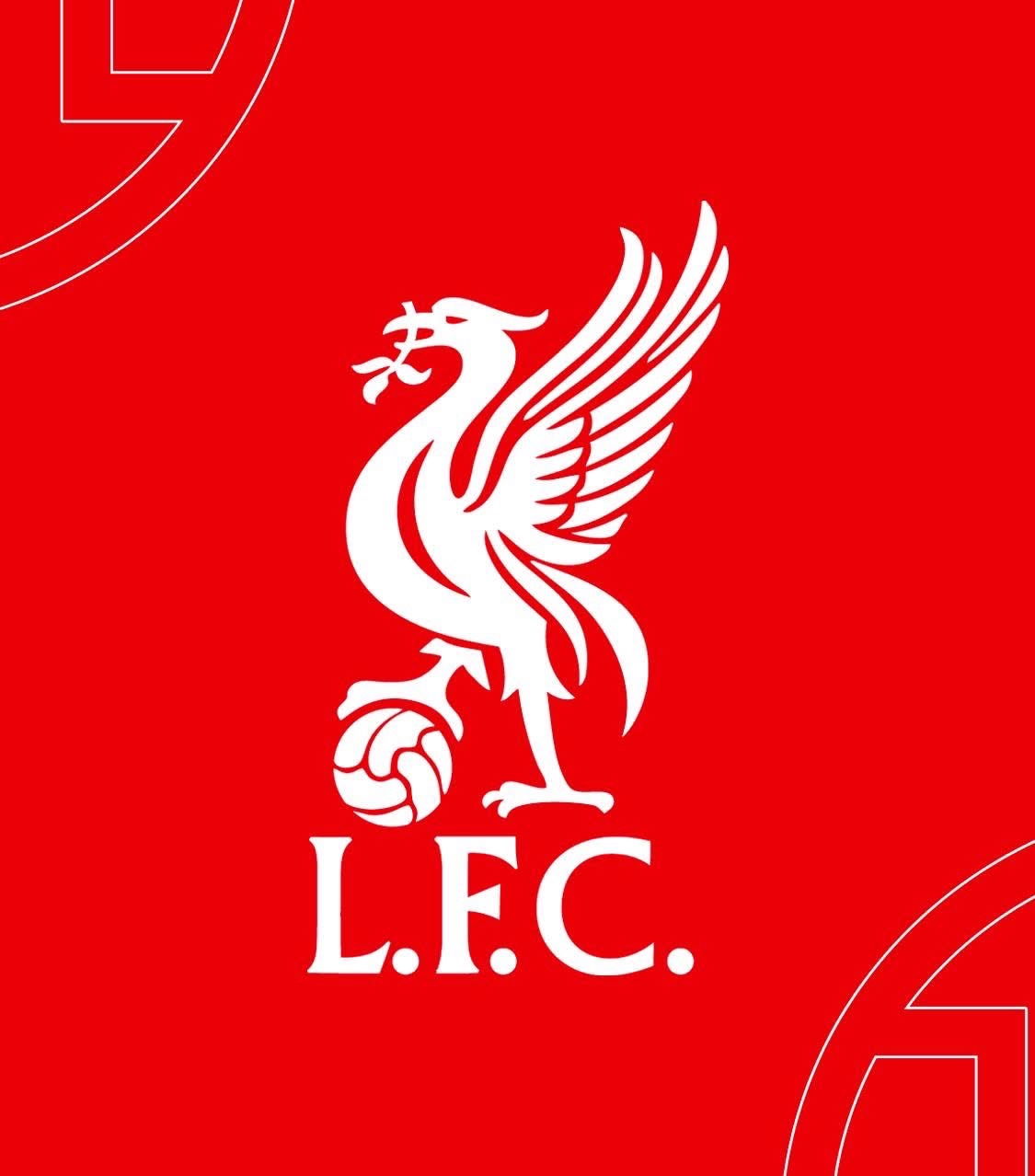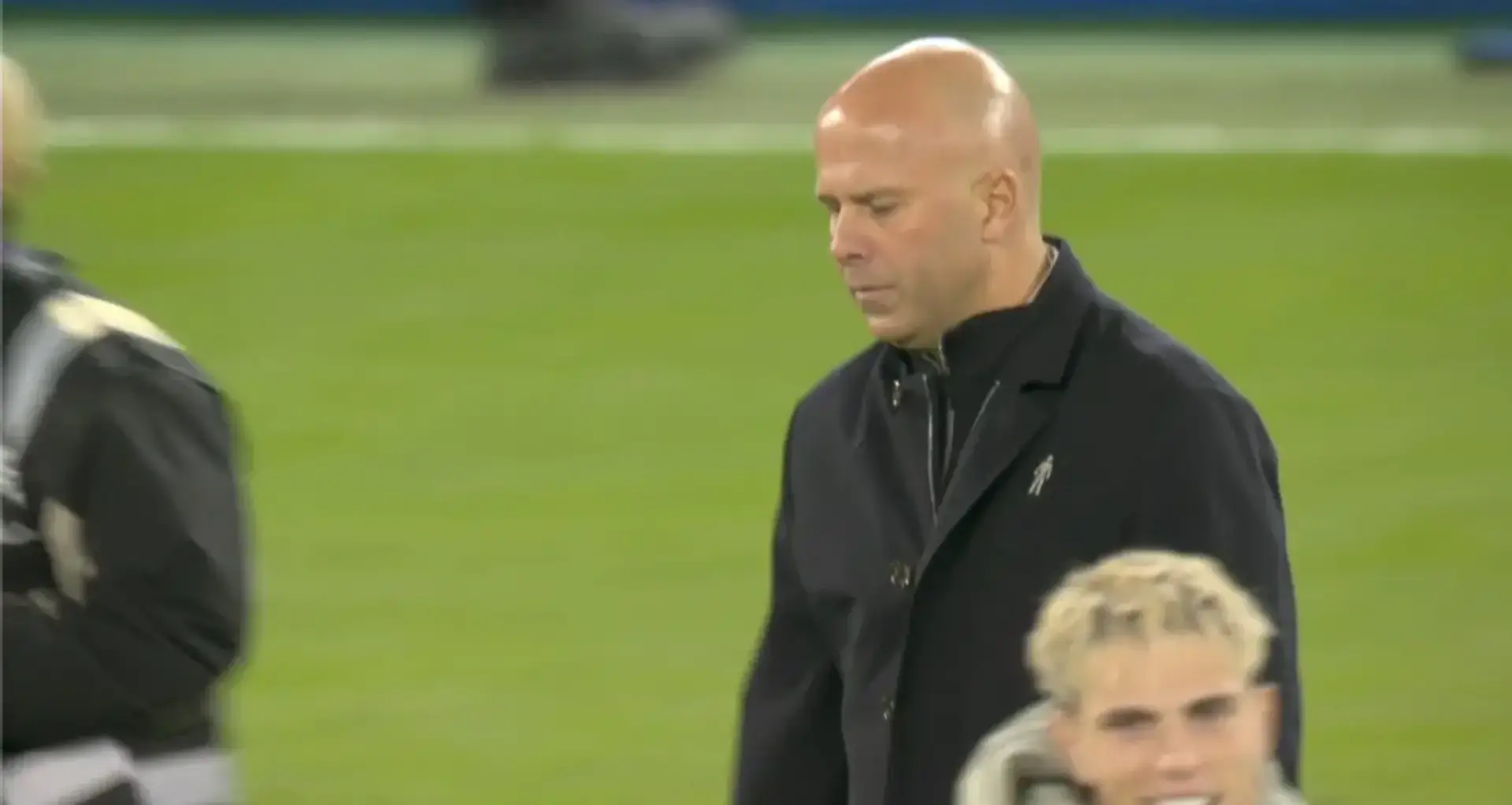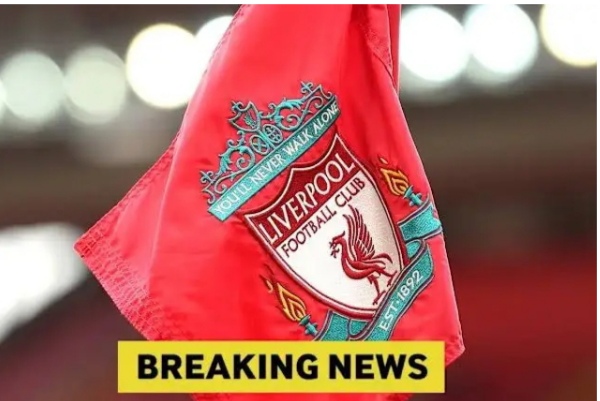In football culture, few accusations sting as much as the claim that a group of players has “downed tools” on their manager. It conjures the image of spoiled professionals who, unwilling to fight, deliberately abandon their duties and betray the coach. Pundits use it liberally, fans echo it angrily, and the media thrives on the drama.
But beneath the surface, the truth is often far more nuanced. What looks like mutiny from the stands or the television screen is, in many cases, something different: exhaustion, frustration, and the psychological toll of repeatedly being placed in a losing tactical model.
This essay unpacks why the “downing tools” narrative is often misleading, why athletes cannot be expected to robotically endure failure, and how football history offers several examples of misunderstood breakdowns between players and managers.
The Psychology of Competing in a Broken System
Elite footballers are among the most competitive individuals in sport. Their careers are short, their reputation fragile, and their opportunities to succeed limited. Above all, they are wired to win.
But winning is rarely the product of raw effort alone. It requires structure, clarity, and a game model that maximizes collective strengths while minimizing weaknesses. When that structure collapses, and when week after week the tactical approach exposes players to defeat, the human cost is inevitable.
Body language suffers, confidence declines, and energy levels drop. From the outside, it looks like a lack of effort. But inside, it is usually a lack of belief. No athlete can sustain maximum intensity when the outcomes are consistently stacked against them.
It is here that the misconception arises: natural signs of frustration are misinterpreted as betrayal.
The Difference Between Frustration and Rebellion
There is a vital distinction between players being frustrated with a failing system and players deliberately rebelling against the manager.
- Frustration is natural. Shoulders slump, passes are misplaced, concentration slips — not because of disloyalty, but because the mental weight of constant defeat is heavy.
- Rebellion, on the other hand, is calculated. It involves consciously refusing to follow instructions, deliberately undermining the manager, or staging an outright mutiny.
Yet football culture often conflates the two. The moment players look dispirited, the accusation of “downing tools” emerges. This oversimplification absolves the tactical system of scrutiny and lays blame solely at the players’ feet.
Historical Examples: When the Narrative Took Over
1. Mourinho’s Chelsea (2015–16)
Perhaps the most famous case was José Mourinho’s second spell at Chelsea, which ended in December 2015 after a disastrous run of form. Many commentators claimed the squad had downed tools, particularly after rumors of dressing-room unrest surfaced.
But others argued that the players were simply exhausted by Mourinho’s demanding methods and increasingly incoherent tactical instructions. The slump in form was real, but whether it was mutiny or mental fatigue is still debated.
2. David Moyes at Manchester United (2013–14)
Moyes lasted just ten months as Sir Alex Ferguson’s successor. By spring, the team looked flat, bereft of confidence, and unable to execute his game plan. Some critics accused senior players of resisting his ideas. Yet another interpretation is more plausible: Moyes’ tactical approach didn’t suit the squad’s strengths, leaving experienced professionals disillusioned.
The players did not stop caring; they simply stopped believing.
3. Antonio Conte at Tottenham (2022–23)
Conte’s fiery outburst about “selfish players” and a losing culture at Spurs was followed by a collapse in performances. Observers again labeled the players disloyal. But the tactical rigidity of Conte’s system, combined with injuries, seemed to leave them drained. Their body language reflected frustration more than mutiny.
4. Ole Gunnar Solskjær’s United (2021)
When United’s form disintegrated in late 2021, some said the players abandoned Solskjær. In truth, the tactical model had unraveled. Without clear defensive structure or attacking cohesion, players often looked lost. The issue was less about rebellion and more about confusion and futility.
Why Fans and Media Misinterpret
The persistence of the “downing tools” narrative can be explained in three ways:
- Simplicity – It is easier to blame players’ character than dissect complex tactical shortcomings. Saying “they don’t care” requires less analysis than examining shape, pressing triggers, or midfield structures.
- Optics – Slumped shoulders, slowed pressing, or visible frustration look like laziness. The camera captures body language but not the inner turmoil of being trapped in a broken system.
- Convenient scapegoats – Blaming players often protects the board or manager from scrutiny. It shifts the conversation away from structural or leadership flaws.
Why Players Cannot Be “Robots”
Those who have never competed at a high sporting level often assume players should maintain maximum intensity regardless of the system. But this expectation overlooks the human factor.
- Belief fuels effort: Athletes give more when they believe their effort will yield results. Remove belief, and intensity inevitably drops.
- Repetition of failure breeds fatigue: Being set up to fail repeatedly wears down even the most committed professional.
- Emotional investment matters: Elite sport is as much emotional as physical. Morale affects performance.
No athlete is a robot. Expecting robotic obedience in the face of systemic failure is both unrealistic and unfair.
Where Accountability Lies
This is not to absolve players entirely. Professionals have a duty to uphold standards, even in adversity. But accountability must be shared.
- Managers are accountable for creating a structure that inspires belief.
- Players are accountable for maintaining professionalism.
- Boards are accountable for recognizing when a system has failed and acting decisively.
The mistake is to place all blame on one group without examining the wider ecosystem.
Towards a More Mature Discourse
Football discourse needs to evolve. Instead of defaulting to the cliché of “downing tools,” analysis should ask deeper questions:
- Is the tactical system coherent?
- Do players believe in the manager’s methods?
- Are visible frustrations a symptom of poor preparation or simply a lack of professionalism?
The truth usually lies in the middle. Yes, there are rare cases of deliberate rebellion. But more often, what fans see is frustration manifesting in body language and performance dips. That is not betrayal — it is human.
Conclusion
The next time a struggling team looks lifeless on the pitch, the instinct will be to accuse them of downing tools. But before rushing to judgment, it is worth remembering that athletes are not machines. They cannot endlessly give their all in systems that set them up to lose.
Frustration, disappointment, and visible fatigue are natural human responses. They should not automatically be mistaken for mutiny. The real challenge lies in distinguishing between rebellion and the more common reality: a squad drained by a broken tactical model.

